| |
| |
Photographer,
Location |
Images |
Comments |
|
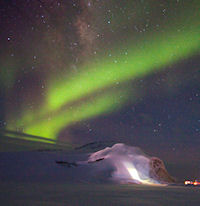
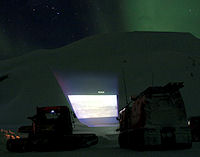
|
Michael Zupanc,
Davis Station, Antarctica
Aug. 7, 2010 |
#1,
#2, #3,
#4, more |
Antarctic
Drive-in Theatre:
"We
were at our drive in theatre out on the sea ice of Davis
Station, Antarctica, when the auroras appeared," says
Michael Zupanc. "We made our theatre by clearing some
snow off the sea ice and projecting the film onto a nearby
cliff. The movie was the Blues
Brothers."
|
|
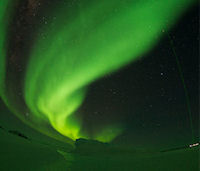
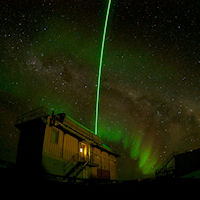
|
Nick
Roden,
Davis Station, Antarctica.
Aug. 1, 2010 |
#1,
#2, #3,
# |
Gday,
thought you might be interested in having a few more images
from the big ice block! All of these photos were taken over
the last few weeks at the Australian research station, Davis.
There has been a fair bit going on in our skies recently,
we've had some fantastic aurora displays (when the clouds
are cooperative) and now that the sun has returned we have
also been treated to some spectacular refraction
events thanks to the minuscule ice crystals in the polar
air. Higher up in the stratosphere we are also beginning
to see the development of polar stratospheric clouds (PSCs),
which have been visible to both the
LIDAR and the naked eye. Temperatures in this region
are now falling below -80C which allow these "nacreous"
clouds to form. Unfortunately, for the ozone layer, it also
heralds the onset of the spring-time ozone hole. Nitric
acid in the PSCs react with CFCs in the atmosphere to form
chlorine which then catalyse the photochemical destruction
of ozone. As beautiful as these clouds are, their pernicious
influence on our atmosphere is a solemn reminder that our
everyday activities can have profound and far-reaching consequences.
|
|
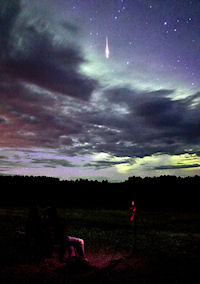
|
Karl Johnston,
Salt River, Northern Alberta.
Aug. 12, 2010 |
#1,
more |
Went out tonight to try my luck with the Perseid meteor shower. We stayed up till 2 am braving the horrendous mosquitoes by Salt River waiting for the clouds to go and pass but they never did. My flash ended up dying so it was a bit too pitch dark to get any decent shots of the foreground. Tried out some shots regardless, and had my shooting partner Nature Photographer Thomas Koidhis sit on the bench in front of me with a couple of our friends to do his shot.
Excuse the color noise, it’s a very scaled down and compressed sample jpeg originally photographed at 6400 ISO and pushed 2/3 of a stop.
|
|
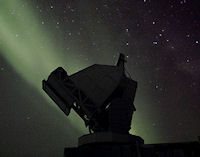
|
J.
Dana Hrubes,
Geographic South Pole, 90 degrees South Latitude
Aug. 9, 2010 |
#1,
#2, #3,
#4, more |
After
one of the windiest Julys on record here, we finally got
some very clear skies and aurora Australis at the geographic
South Pole. We can also see Jupiter, Venus and Mars just
rising above the horizon now. The sun will be returning
to the Pole in a little over 6 weeks. , website: www.polarwinter.com
- J. Dana Hrubes - Winterover, South Pole Telescope - Station
Science Leader - Amundsen-Scott South Pole Station - Antarctica
|
|
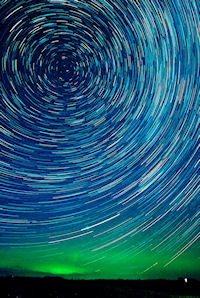
|
Olivier
Du Tré,
Cochrane, Alberta
Aug. 10, 2010 |
#1 |
So
went out last night in anticipation of the CME that was
- maybe - going to hit. And of course the Perseids (that
tale of hitting 2 birds with 1 stone). Well close to our
local midnight it did spark something. Kp was 3 for most
of the night. Perseids vs Cygnids was about a 60-40 win
for the Perseids. All in all saw close to 35 meteors. Good
night. :) |
more images:
from
Bob Johnson of Saskatoon Saskatchewan; from
Doug McLarty of Rankin Inlet Nunavut Canada; from
Ian Brantingham of Glenbarry, 10 miles south of Banff, Scotland; |
|